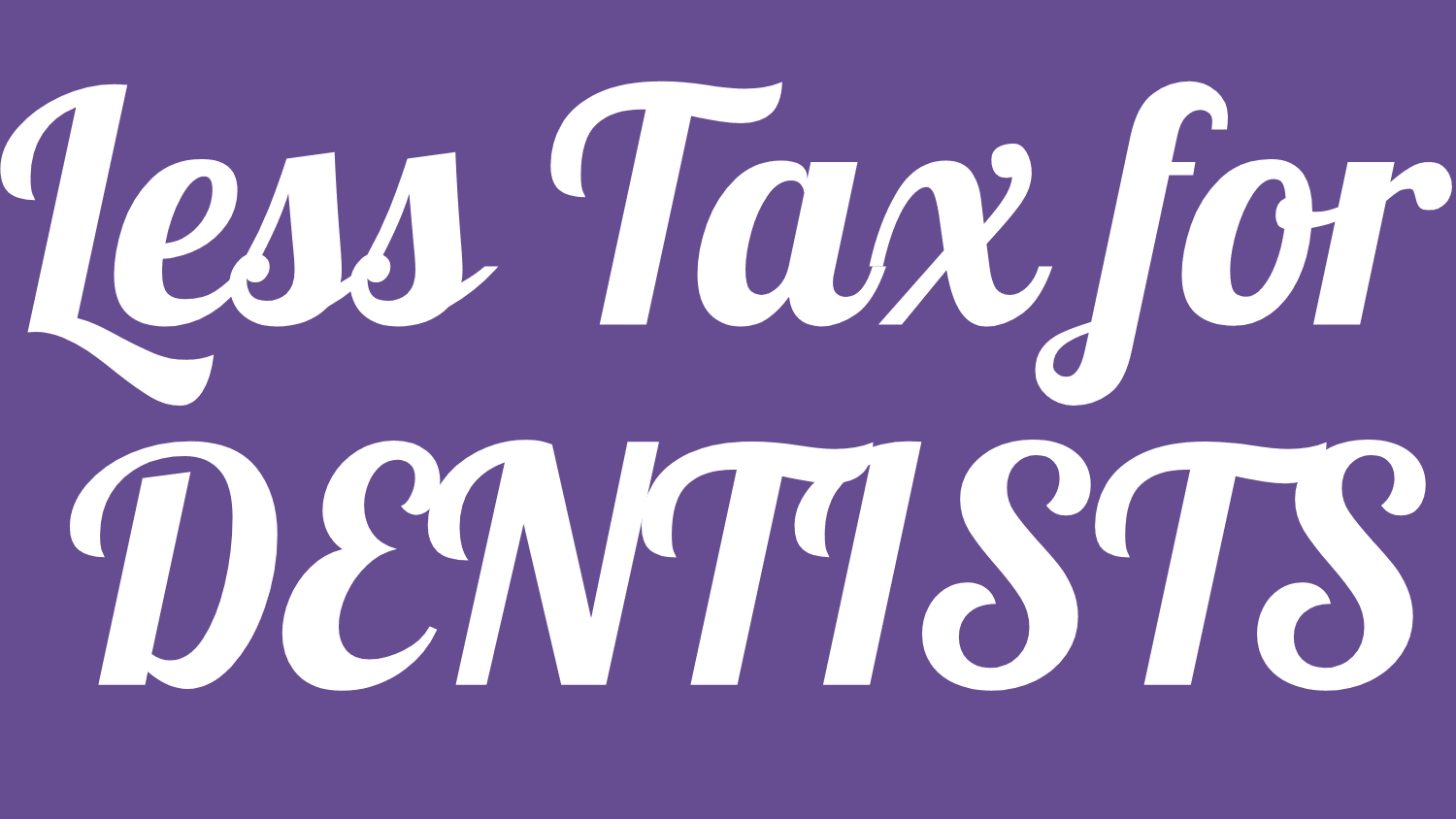Track Dental Practice KPIs Through P&L to Boost Profitability
Running a successful dental practice takes more than just great smiles and clean teeth—it also requires a close eye on your numbers. Understanding your profit and loss (P&L) statement can help you track important Key Performance Indicators (KPIs) and make smarter financial decisions. In short, knowing your numbers = growing your practice.
What Is a P&L Statement, and Why Should Dentists Care?
Your P&L statement, also known as an income statement, shows how much money your practice is bringing in—and how much is going out. It’s like a financial report card that tells you if you’re making a profit or losing money.
If you’re not reviewing your P&L regularly, you’re flying blind. Think of your P&L like your X-rays—without it, you’re only seeing part of the picture.
How KPIs Play a Role in Dental Profitability
KPIs (Key Performance Indicators) are the numbers that tell the story of how your practice is doing. When you track KPIs through your P&L, it becomes easier to find where money is slipping through the cracks or where there’s room to grow.
Here are some common dental practice KPIs to watch:
- Production per provider – How much revenue is each dentist, hygienist, or assistant generating?
- Collections ratio – Are you collecting most of what you’re billing, or leaving money on the table?
- Overhead percentage – How much of your revenue goes to expenses like rent, staff, and supplies?
- New patient count – Are you attracting enough new patients each month to grow your practice?
- Patient retention rate – Are current patients coming back? Or are they disappearing after one visit?
Aligning Your KPIs with Your P&L
Let’s say you see a drop in profits in your P&L. That’s your cue to dig into your KPIs. Maybe your collections ratio is down because of billing delays. Or your overhead has climbed due to rising supply costs.
By tying KPIs directly to the P&L, you can pinpoint exactly what’s affecting your profitability—and take action fast.
Simple Steps to Start Tracking KPIs Today
You don’t need to be a CPA to get started. Here’s how any dentist can begin:
- Review your P&L statement monthly – Don’t wait for year-end. Monthly check-ins help you stay proactive.
- Choose 3–5 key KPIs – Start small. Focus on metrics that directly affect your bottom line.
- Use software or a dashboard – Many dental practice tools now track KPIs for you.
- Talk to your accountant – They can help you understand what your numbers mean.
Real-Life Example
Dr. Lisa, who runs a busy dental practice in Texas, noticed her monthly profits were shrinking. Her P&L revealed a high overhead percentage. Diving into her KPIs, she found that she was overstaffed during slow periods. By adjusting schedules and improving productivity, she reduced costs and saw her profit jump by 15% in just 3 months.
The Bottom Line
If you want better control of your dental practice’s financial health, monitoring KPIs through your P&L is key. It might feel overwhelming at first, but once you get the hang of it, it becomes your roadmap to better profit and peace of mind.
Remember: These numbers aren’t just for your accountant—they’re for you. Because at the end of the day, the more you know about your practice’s performance, the better you can serve your patients—and your bank account.




